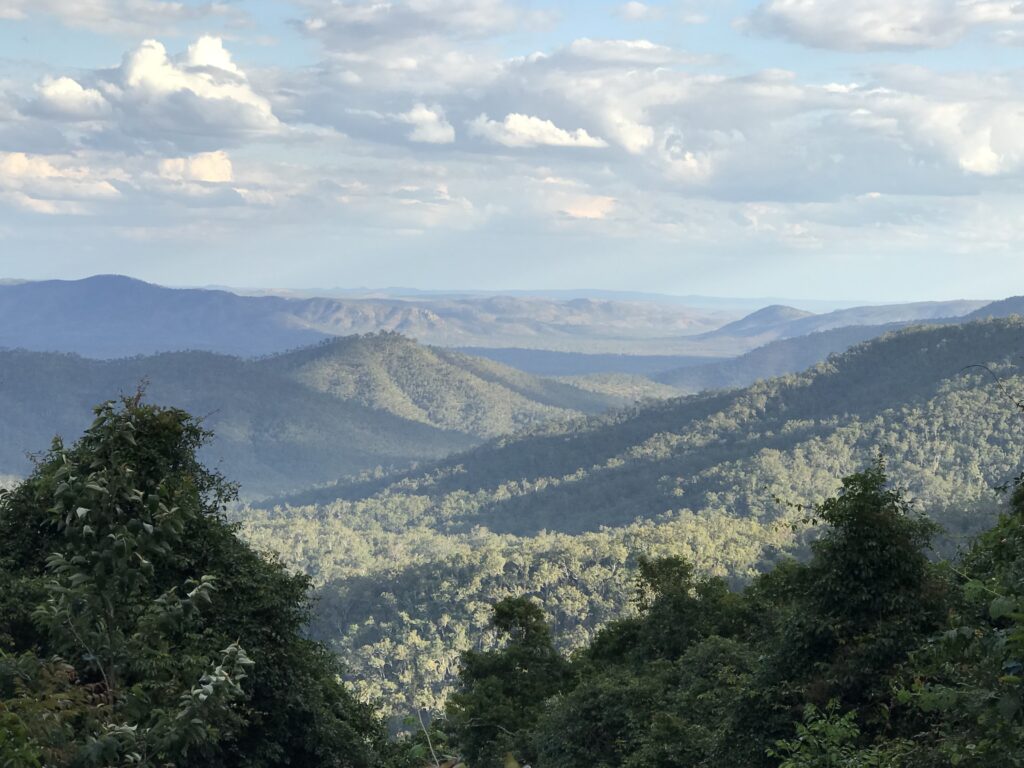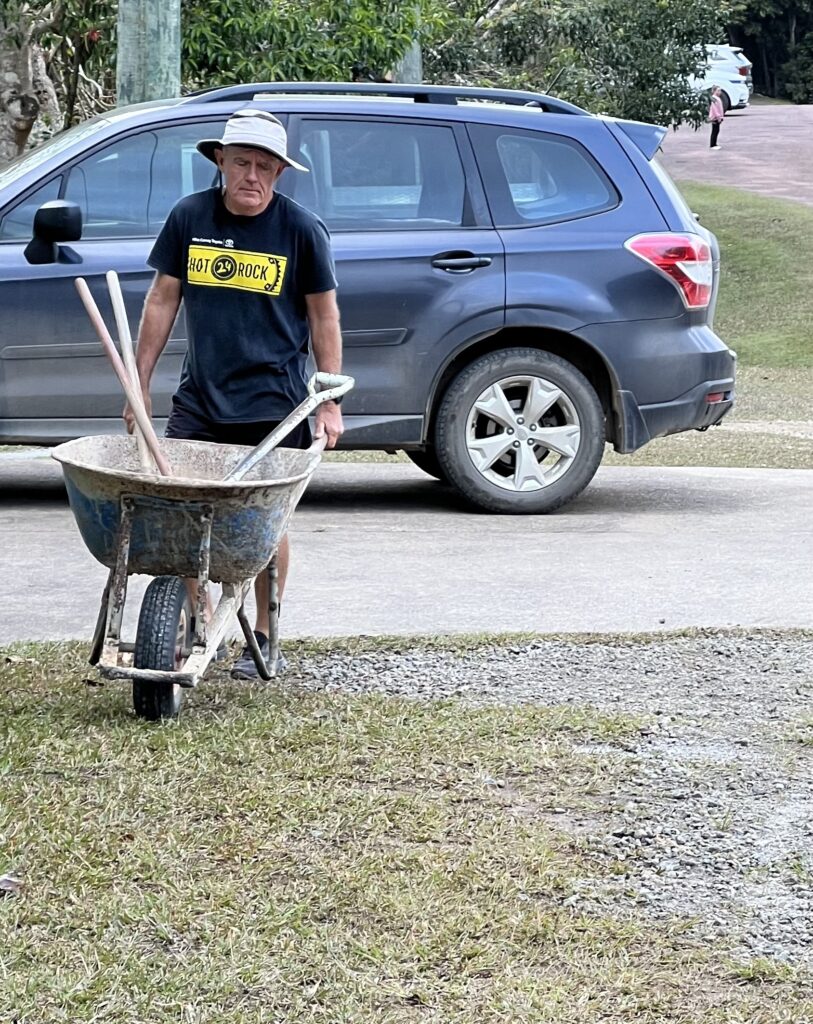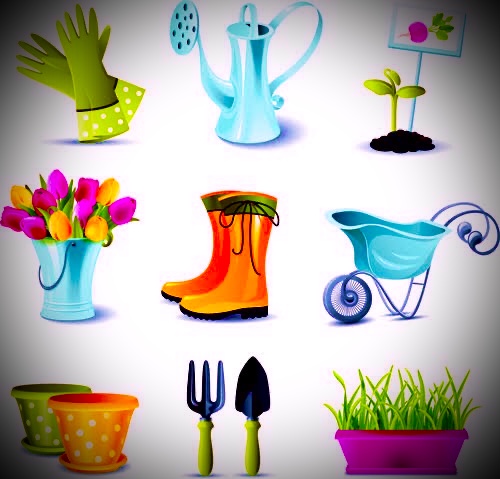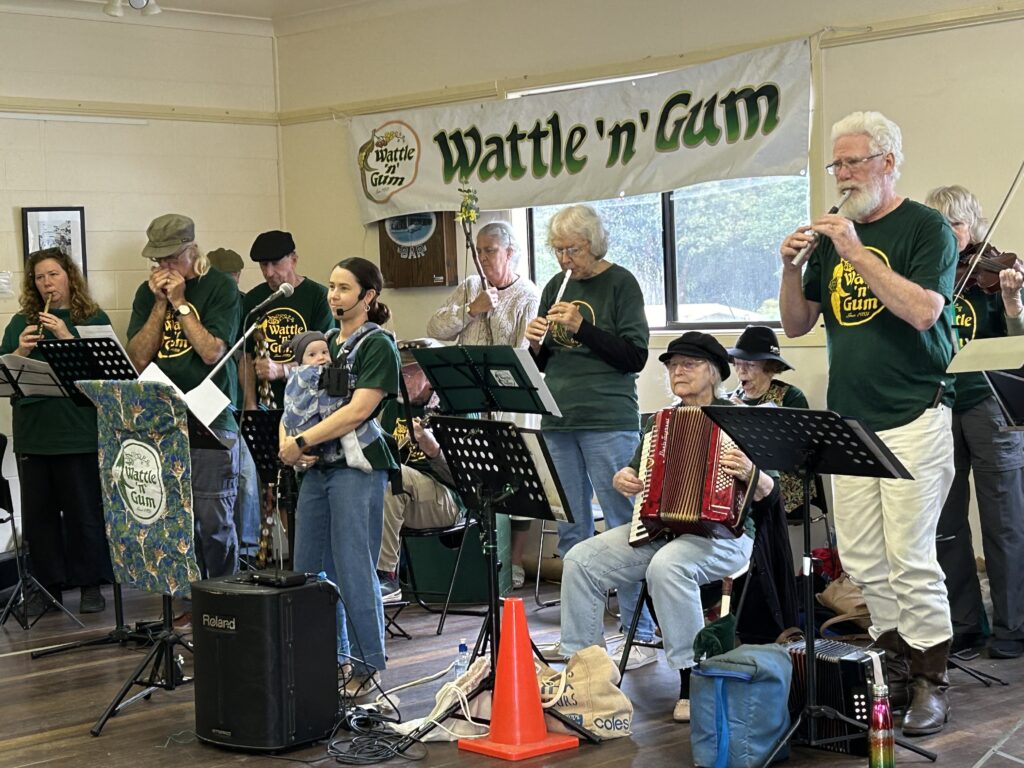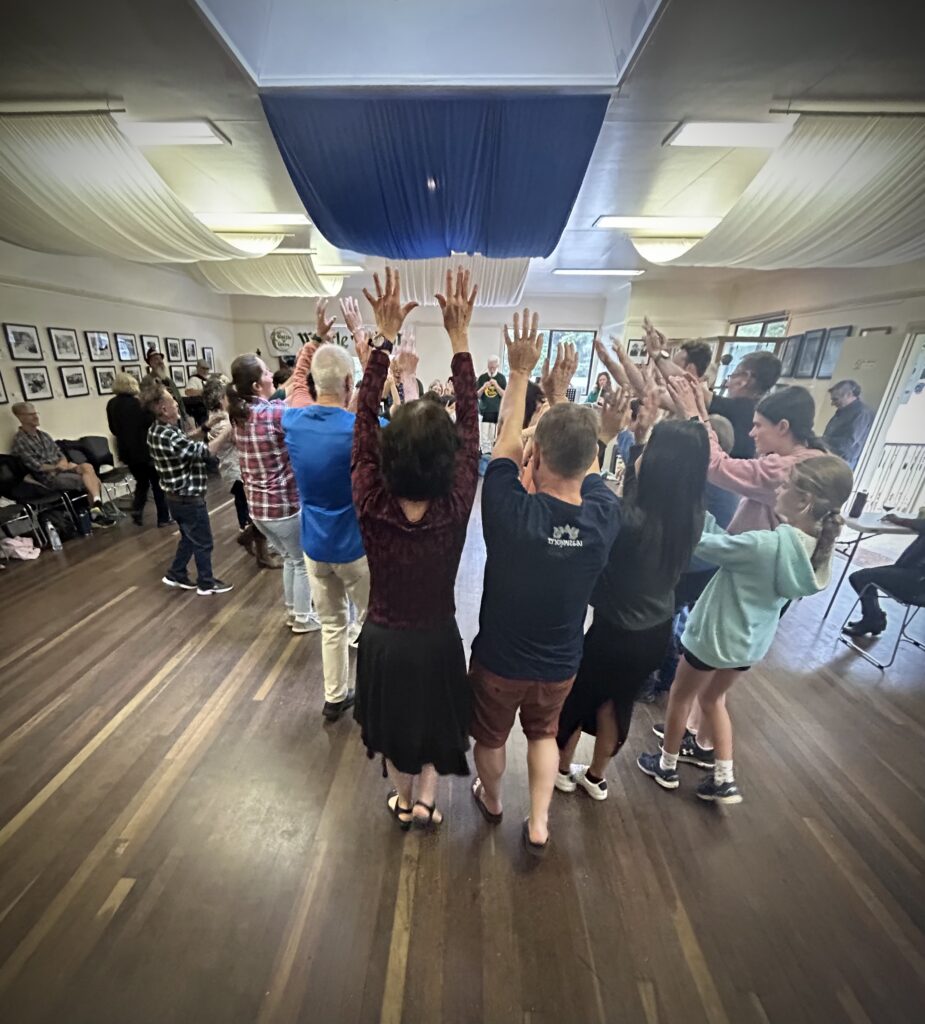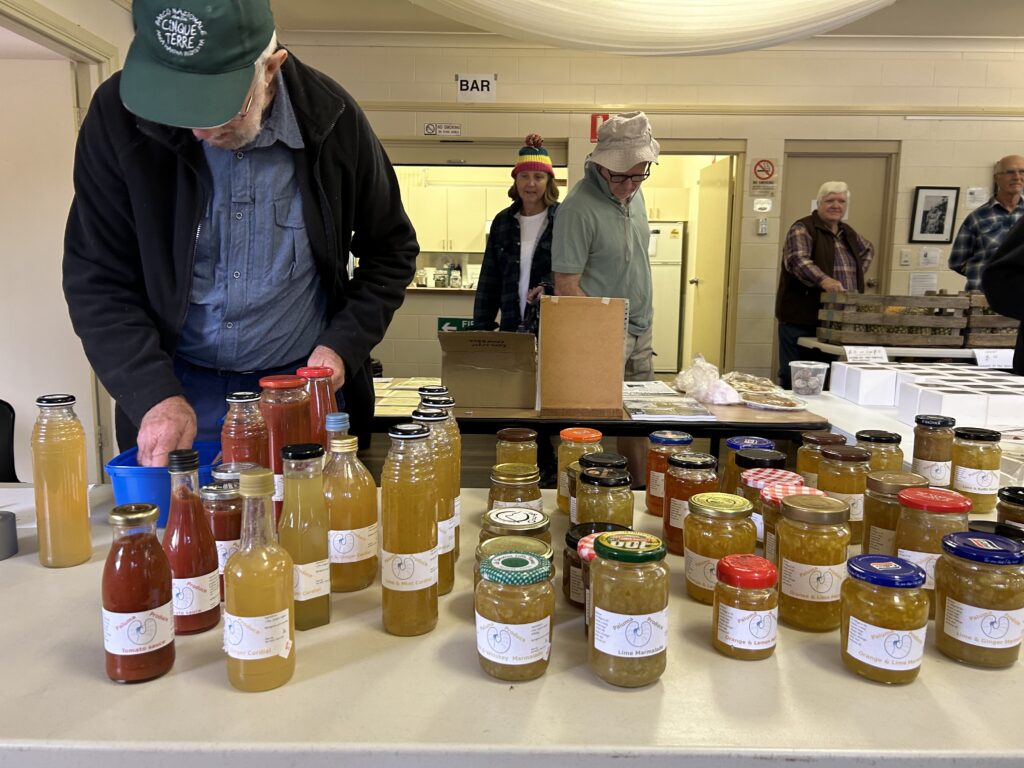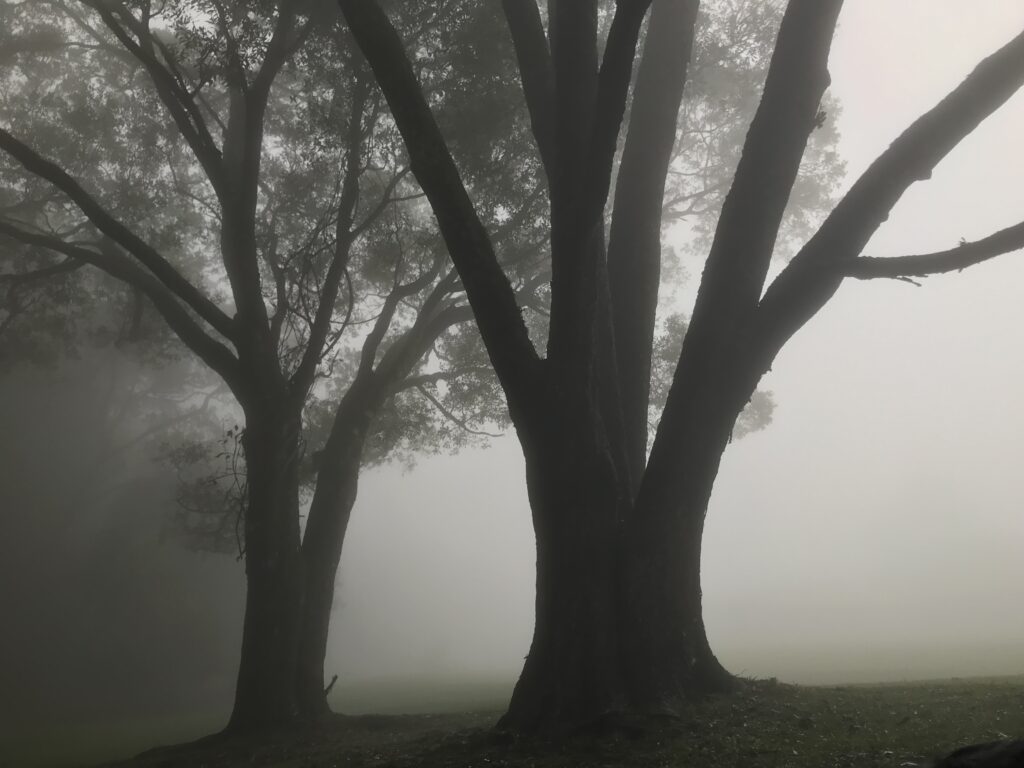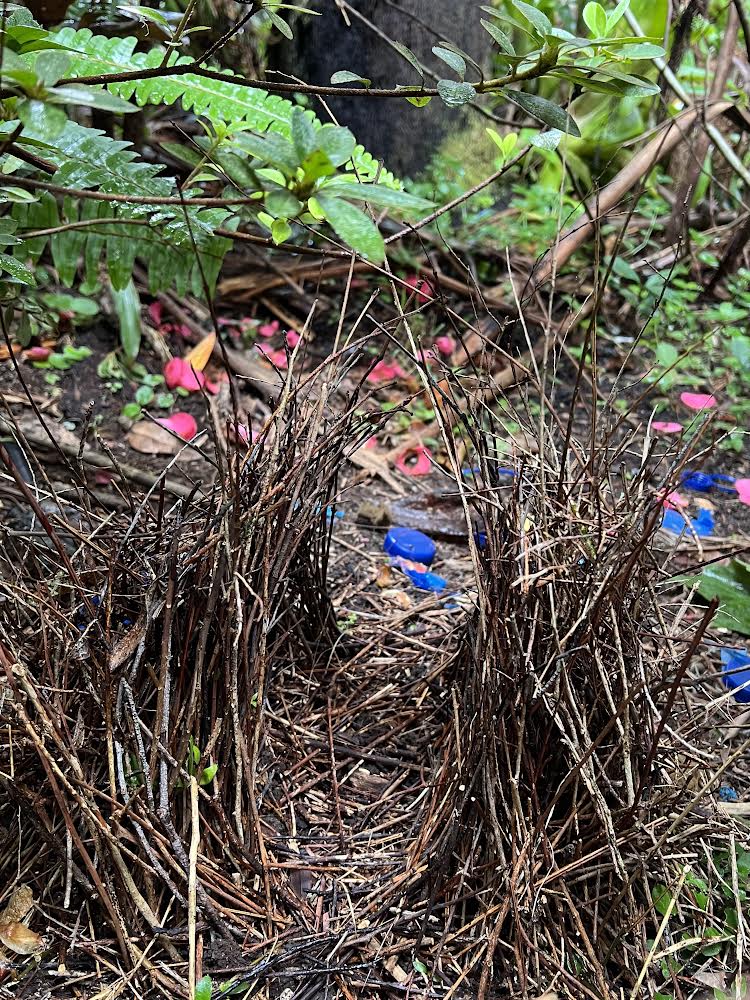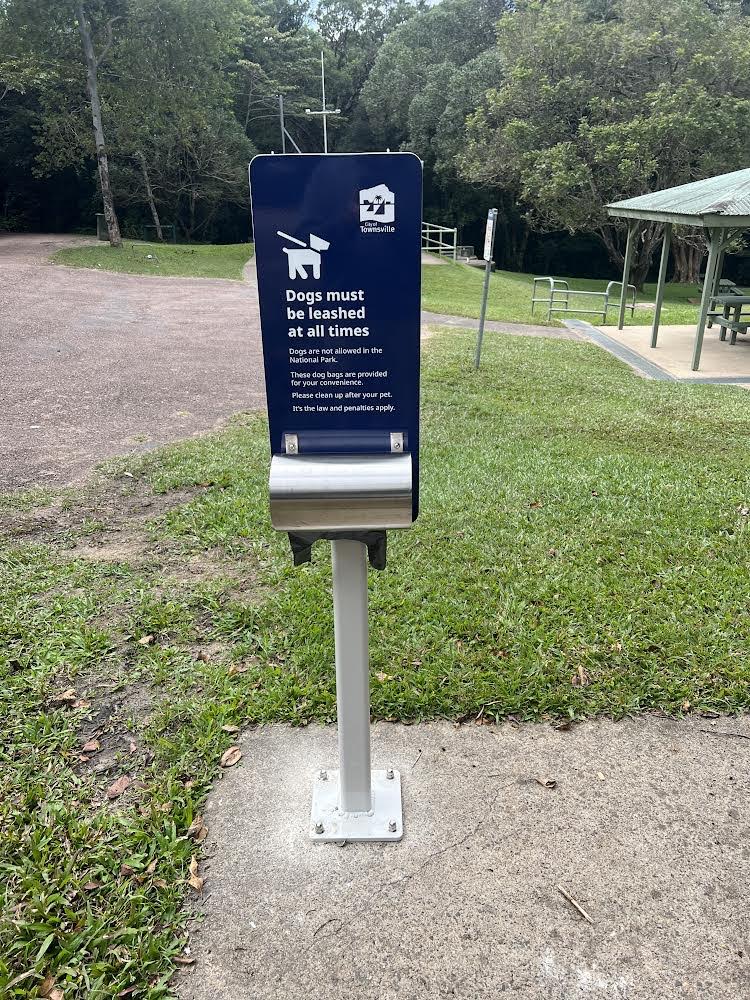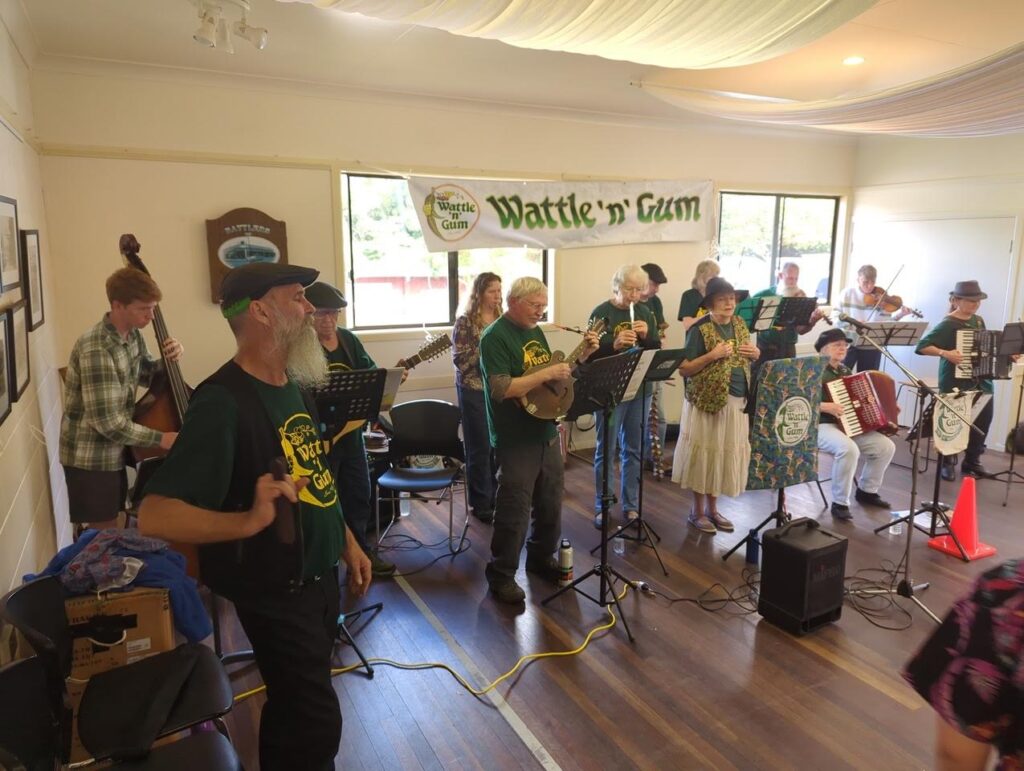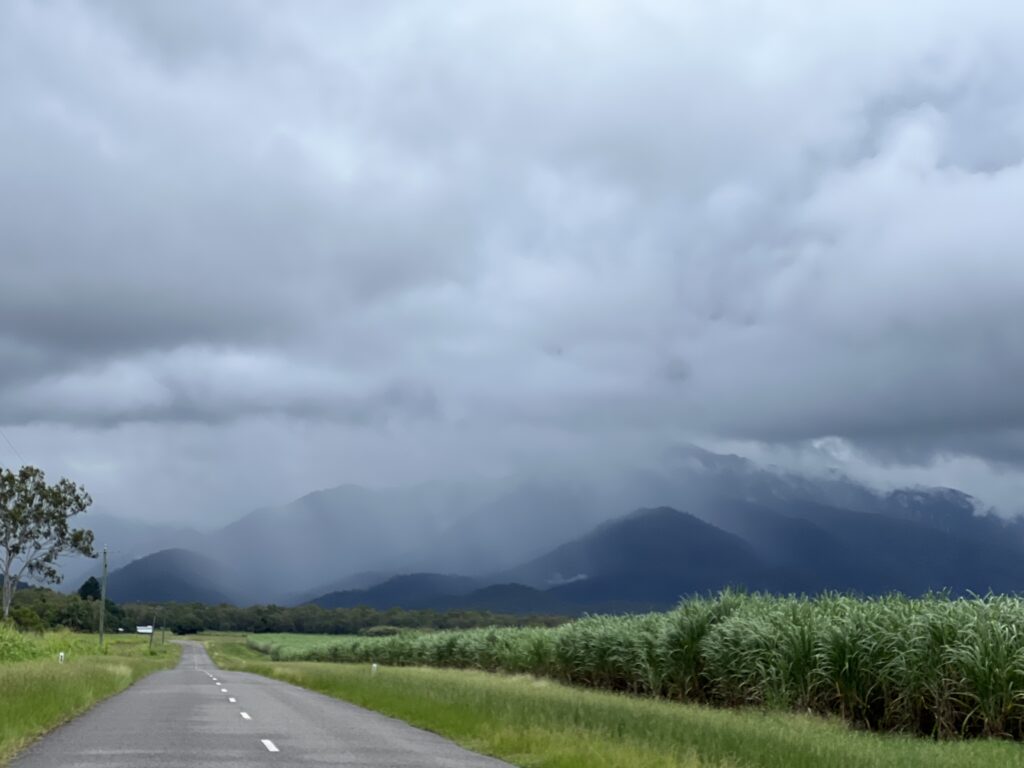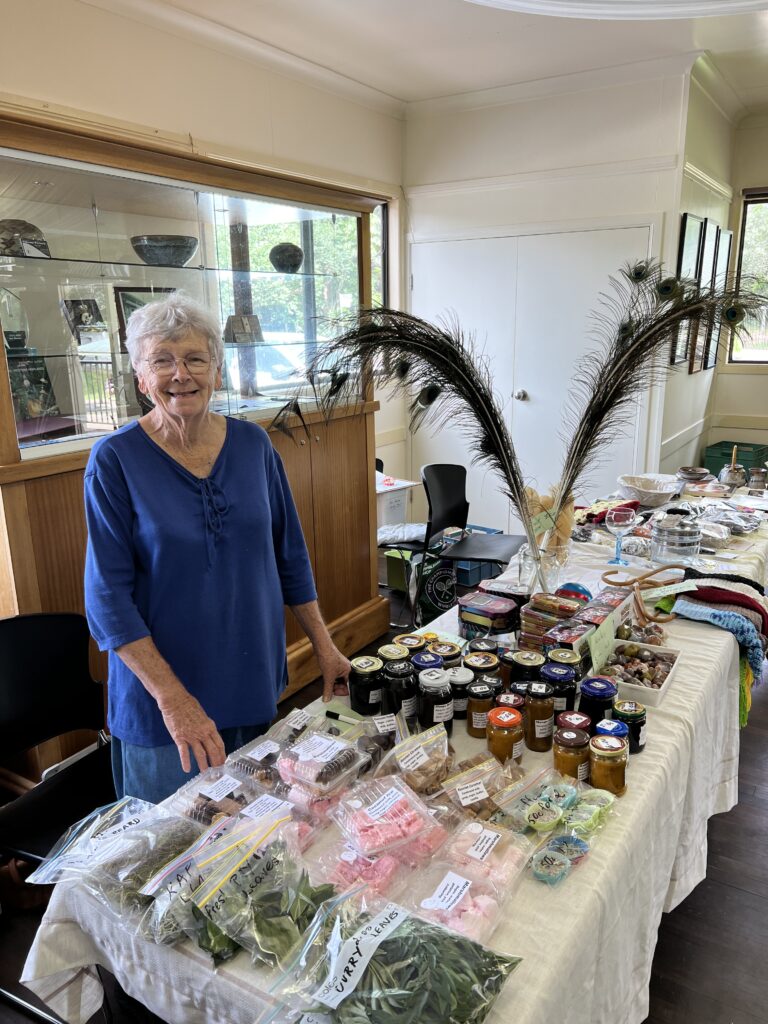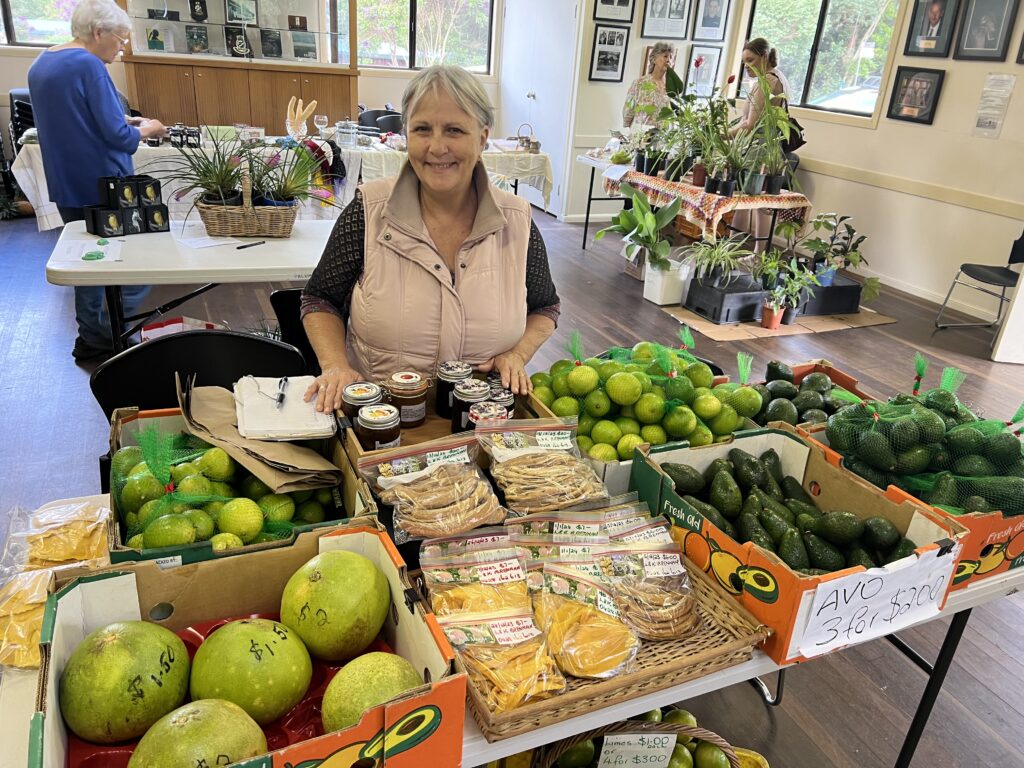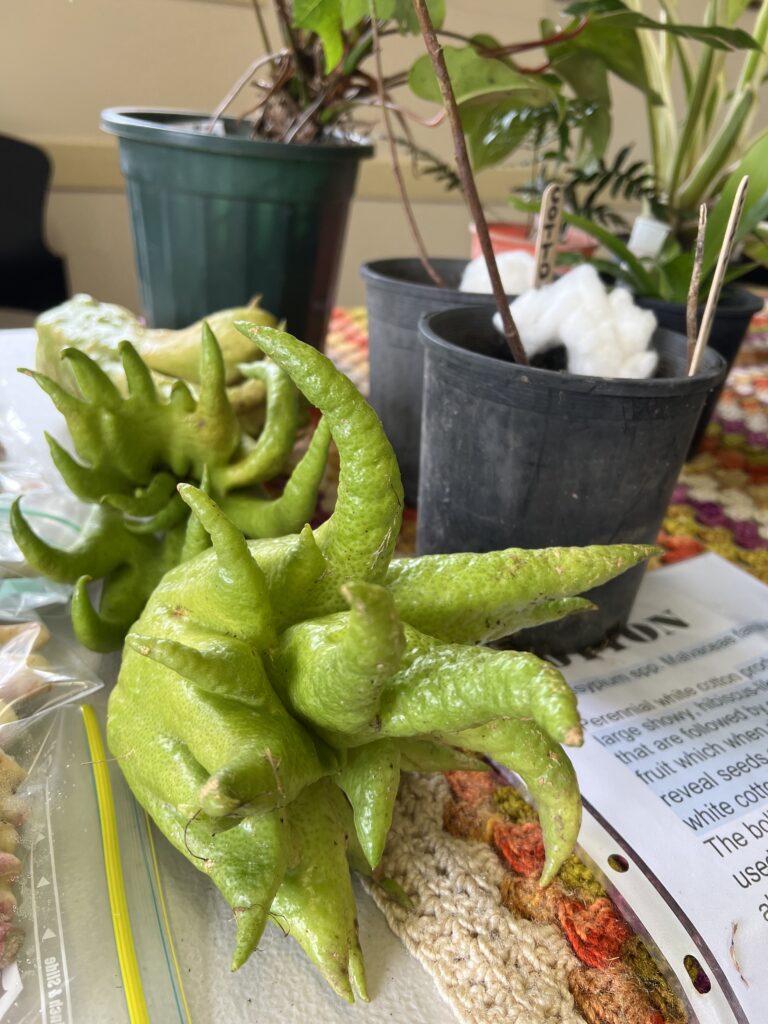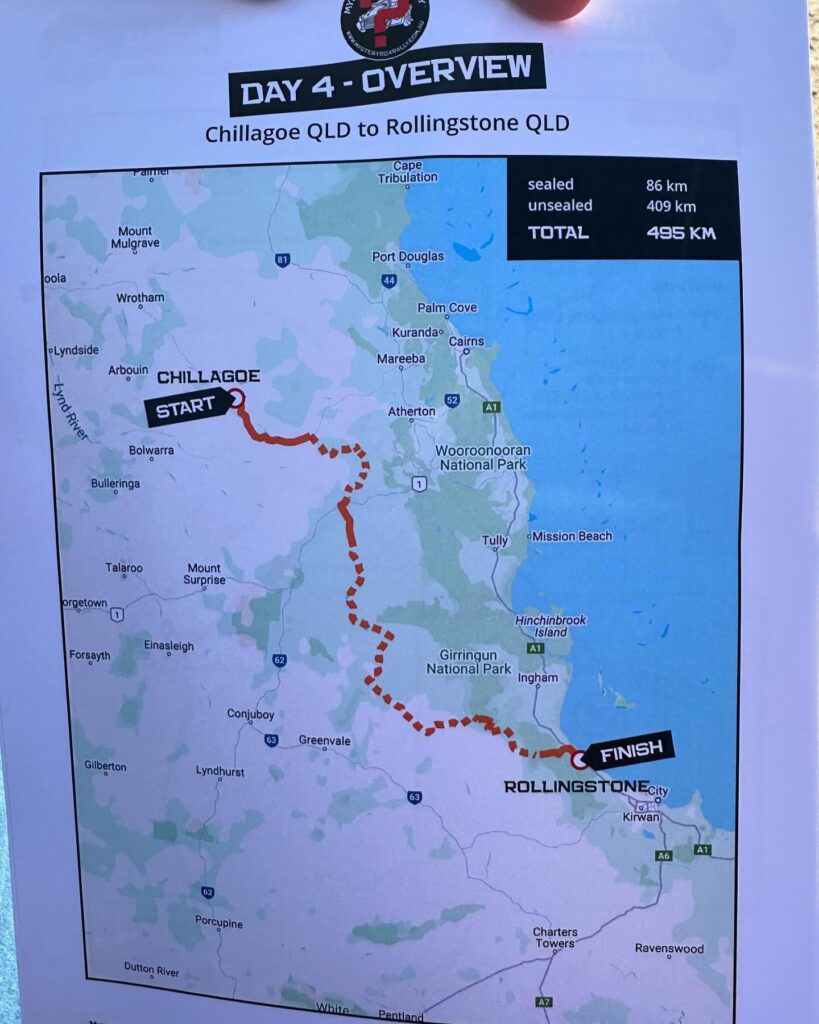

Last Tuesday night, August 20th, village residents who were getting ready for bed, if not there already, were surprised by a sudden 10 fold increase of Paluma’s population. The Mystery Box Rally had come to an unplanned halt in our little town and could go no further due the night works road closure on the range road. Around 68 cars were backed up on our main drag with about 150 people unable to continue to their end destination of Rollingstone and nearby campgrounds.

To say there was some confusion and chaos amongst the thickest mountain fog this village has seen in a while would be an understatement. A few phone calls and requests for help saw Rick and Dave Roveda kick into action with Sam Stedman putting his organisational and leadership skills into action.
Firstly, Sam tried to get the road closure opened for the group but this was not possible. Later in the night, once campers were established and were being fed, the Rollingstone police weighed in and managed to get a 5 minute window for the rally drivers. Participants were given 10 minutes to pack up and go for it but but only a few took advantage of the opportunity.
Once confirming the road would not open, Sam arranged all rally participants to meet in our community hall. They were unsure of what was going on and what they could do so Sam went through various options with them but in the end, they decided they would stay. Three camp areas were then established: McClellands Lookout car park (with toilets); middle of town / hall area with toilets and Hussey Road.
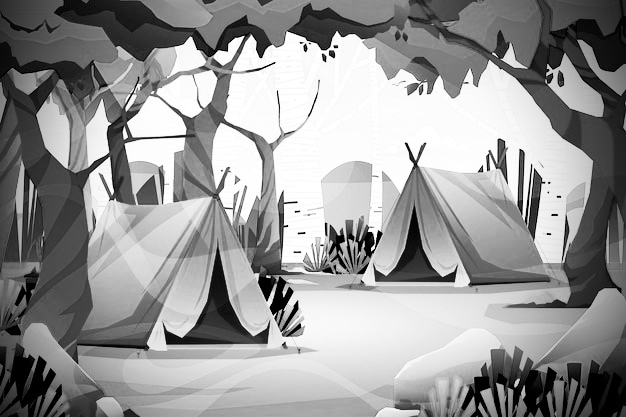
Outer Limits Adventure Centre was actually running a camp for more than 100 secondary students so Sam used supplies available from his business and was permitted access to our community hall resources (bbq and urn) to provide a hot meal for everyone. His own employees, Aranda and Matt, helped out ensuring cooking and clean up was done efficiently and all campers at the three sites were settled. Dave from Paluma Tea House (Ivy Cottage) provided milk and coffee and by 10:30pm, all went to bed warm and fed.

In the morning, the lucky campers out at Hussey Road got to meet and have coffee with Don who generously served it up. By 8am, all participants were well caffeinated, decamped and were headed down the range for their final destination of the rally – Airlie Beach.
If not for the willingness and capabilities of a few, the consequences of this unplanned stopover may have been very negative for rally participants and the community. From the ‘heads up’ phone calls from the Furbers to Tony at Gumburu, to those who wrangled a confused and stranded 150 strong crowd into organised camping groups who were provided with hot meals and drinks, it ended really quite well.
Credit needs to go to Sam who actually started his Tuesday at 5am at the start of the world championship cross tri at Pallarenda in the morning! Following this with the secondary school camp and ending it by stepping in and helping sort things out. His Outer Limits events and business have truly supported our community over the years. His positive ‘can do’ attitude is refreshing and we can certainly do with more of it. He, with all others involved in ensuring a happy ending to Tuesday night’s debacle deserve a pat on the back and thanks from us all.
Text: J Poletto based on report from Wilfred Karnoll and Sam Stedman

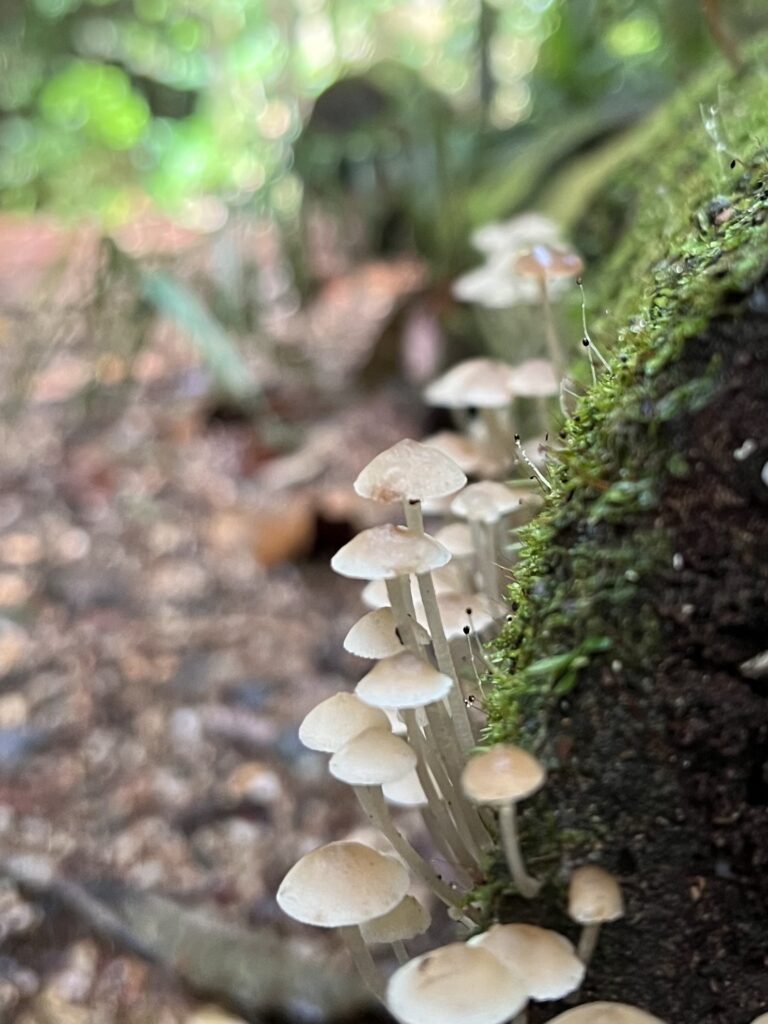
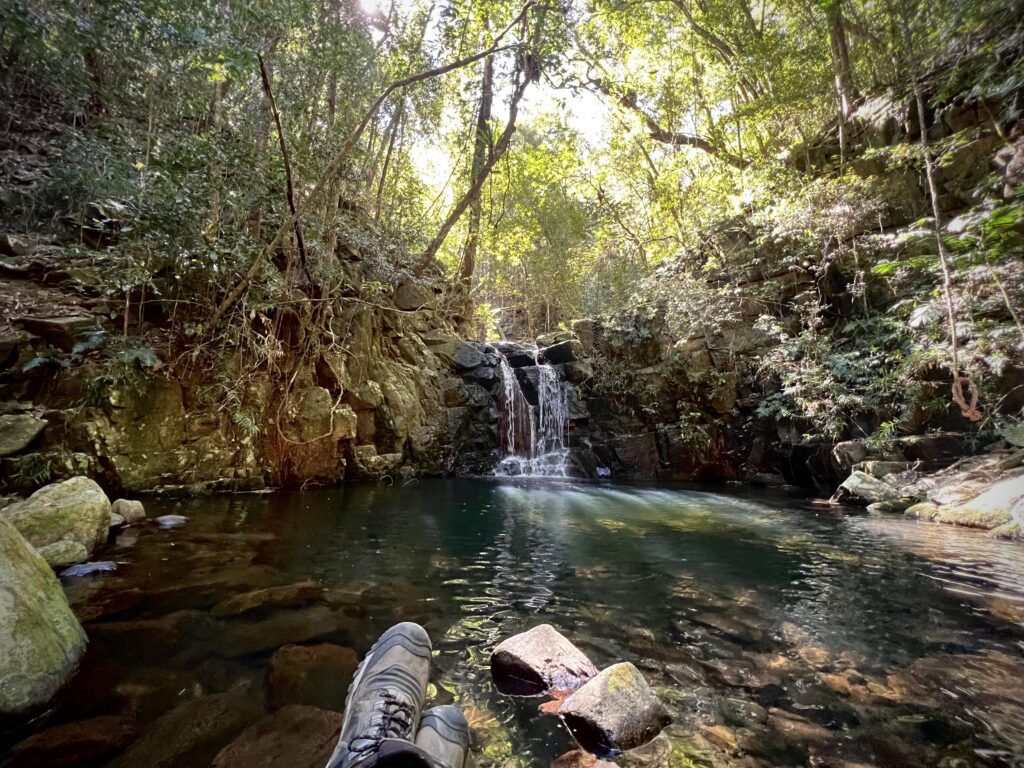
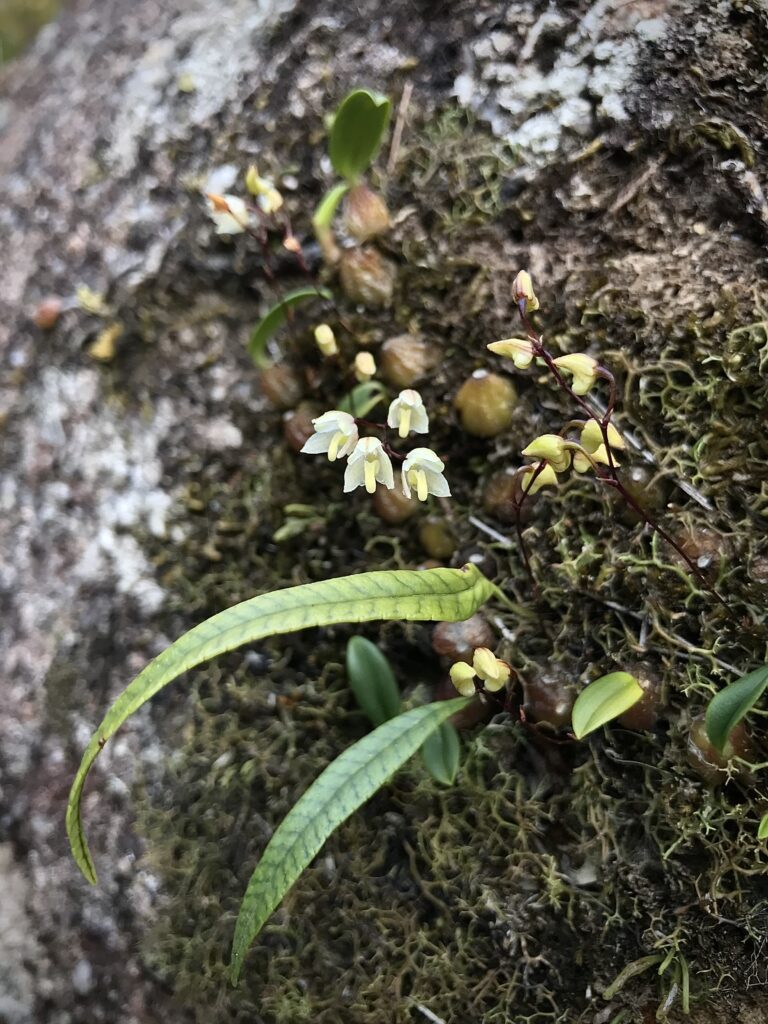
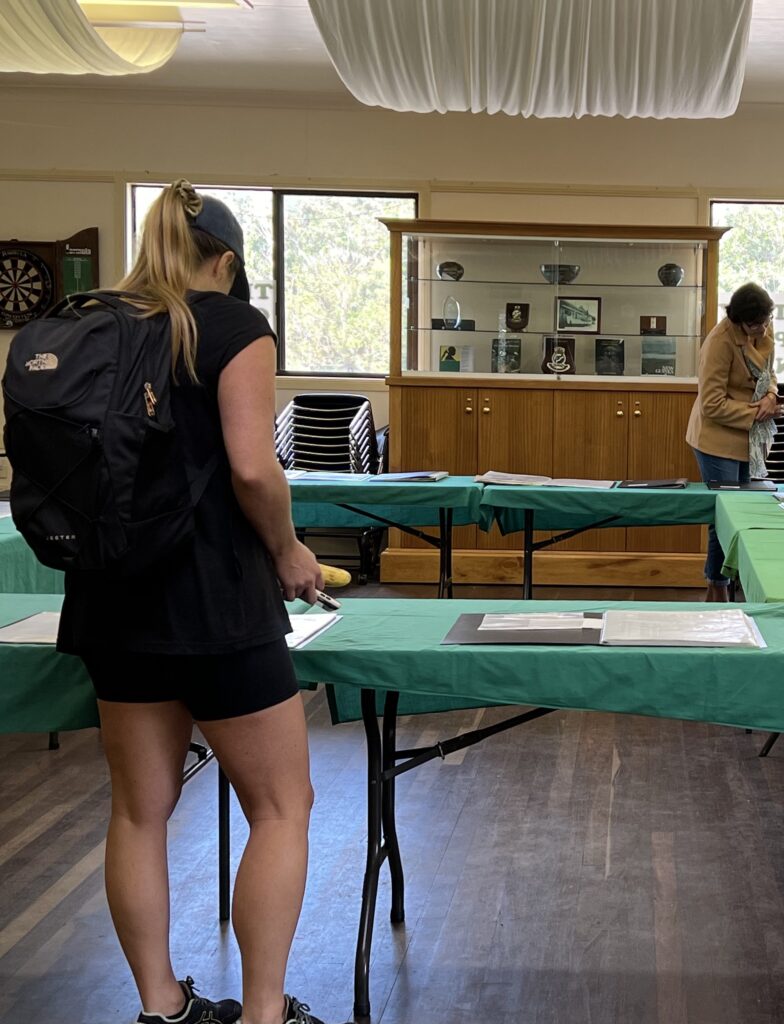
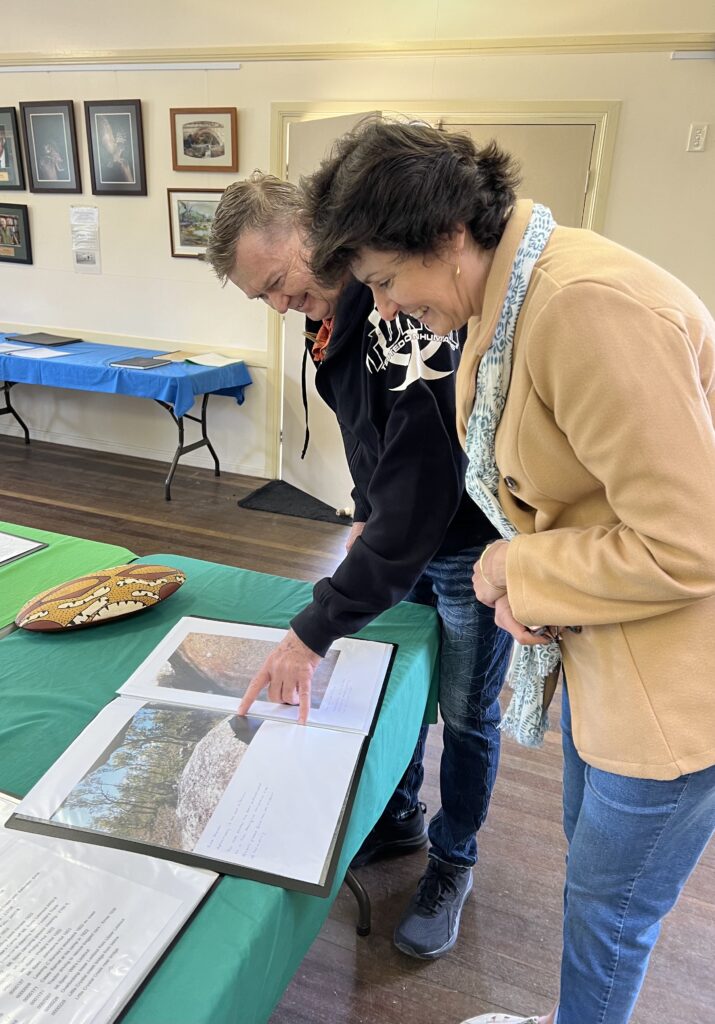
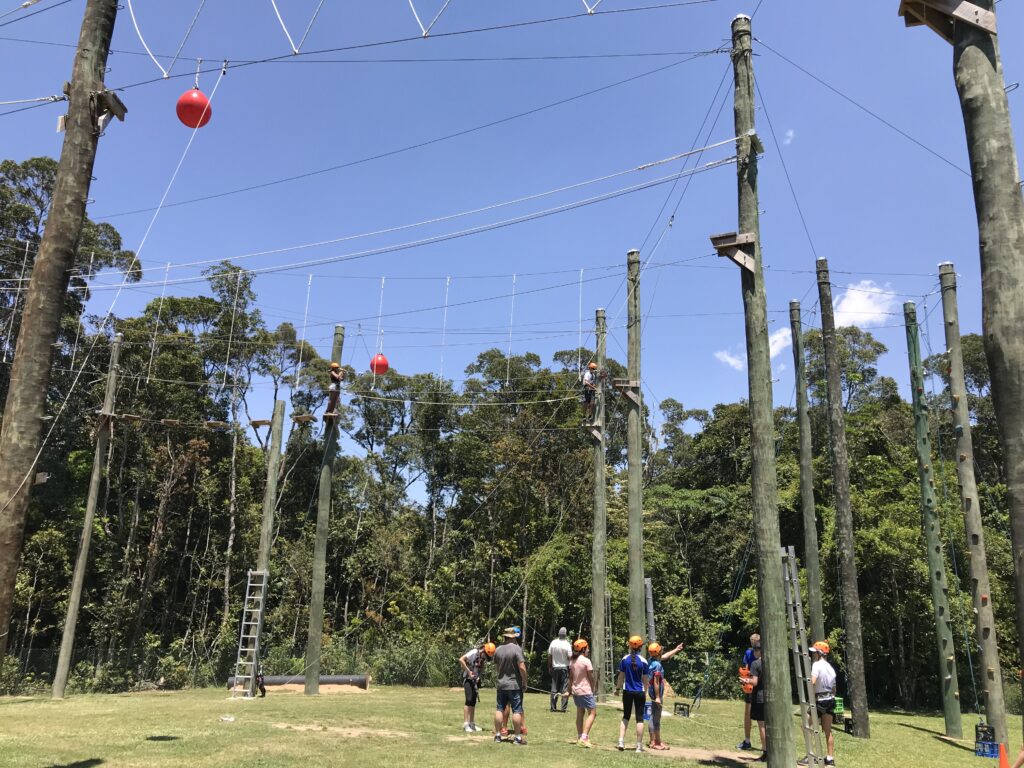
 ), its key draw is its cool, misty climate and incredible walks featuring waterfalls, fascinating biodiversity and blissful peace. Our very own ‘Blue Zone’ right here on our doorstep… literally.
), its key draw is its cool, misty climate and incredible walks featuring waterfalls, fascinating biodiversity and blissful peace. Our very own ‘Blue Zone’ right here on our doorstep… literally. 